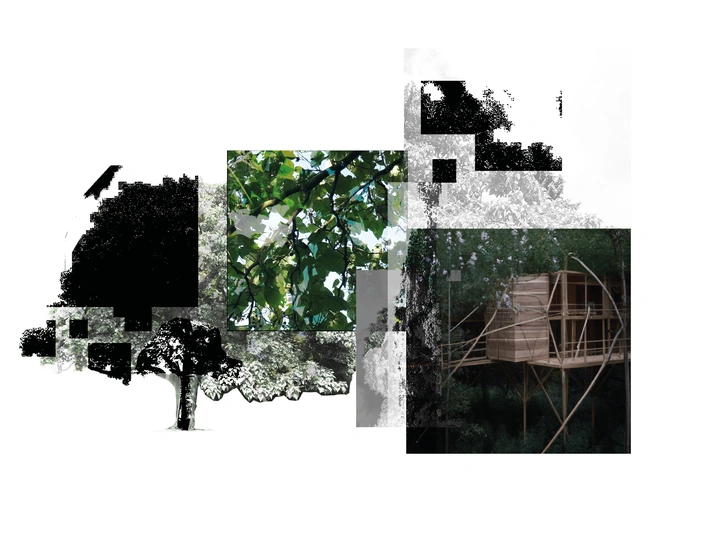A Forest to Watch a Growing House

Laurits Thingholm (and family)
Studying architecture at the Royal Danish Academy of Architecture in Copenhagen, Denmark.
My developing architecture practice from the landscape institute is focused on the construction of space as events rather than fixated structures, as the dynamism of the landscape and the dissolving distinction of interior/exterior as a rigid formal hierarchy into a nuanced openness. This involves our choice of representation and the choice of not-representing.
My grandmother owns a field in fallow. The project seeks to raise a forest of Paulownia trees for growing a house on the field.
The project is on-going and seeks to investigate potentials of the rural, slowness, site & non-site, wood production in Denmark and the ownership of the building process.
The project seeks to inquire new potentials in the rural and for forestry to potentially diversify the rural landscape of Denmark.
The Rural:
The land-area of Denmark is covered predominantly by mono-cultural fields for the production of crops and cattle. This has decreased the bio-diversity and reduced potentials of differentiation.
Accelerated production pace:
The paradox of building architecture at an accelerated pace has displaced the act of building from the duration that a given structure sustains.
Site and non-site:
The growing of wood for construction is often at another site (non-site) from where the building is erected. Could the timber used for a structure originate from the site
of the building?
Paulownia (Kiri) Trees:
The Paulownia Tree family is the fastest growing and most CO2 absorbent tree.
With a cutting cycle every 8th year it allows for a rapid production of timber and thereby forest raising.
The rigidity of the timber is stronger than pine wood and has been used for traditional Japanese architecture.
The wood can be treated and used for plywood production.*
Hybrids that are suitable for the climatic conidtions of the northern hemisphere will be used for the field.